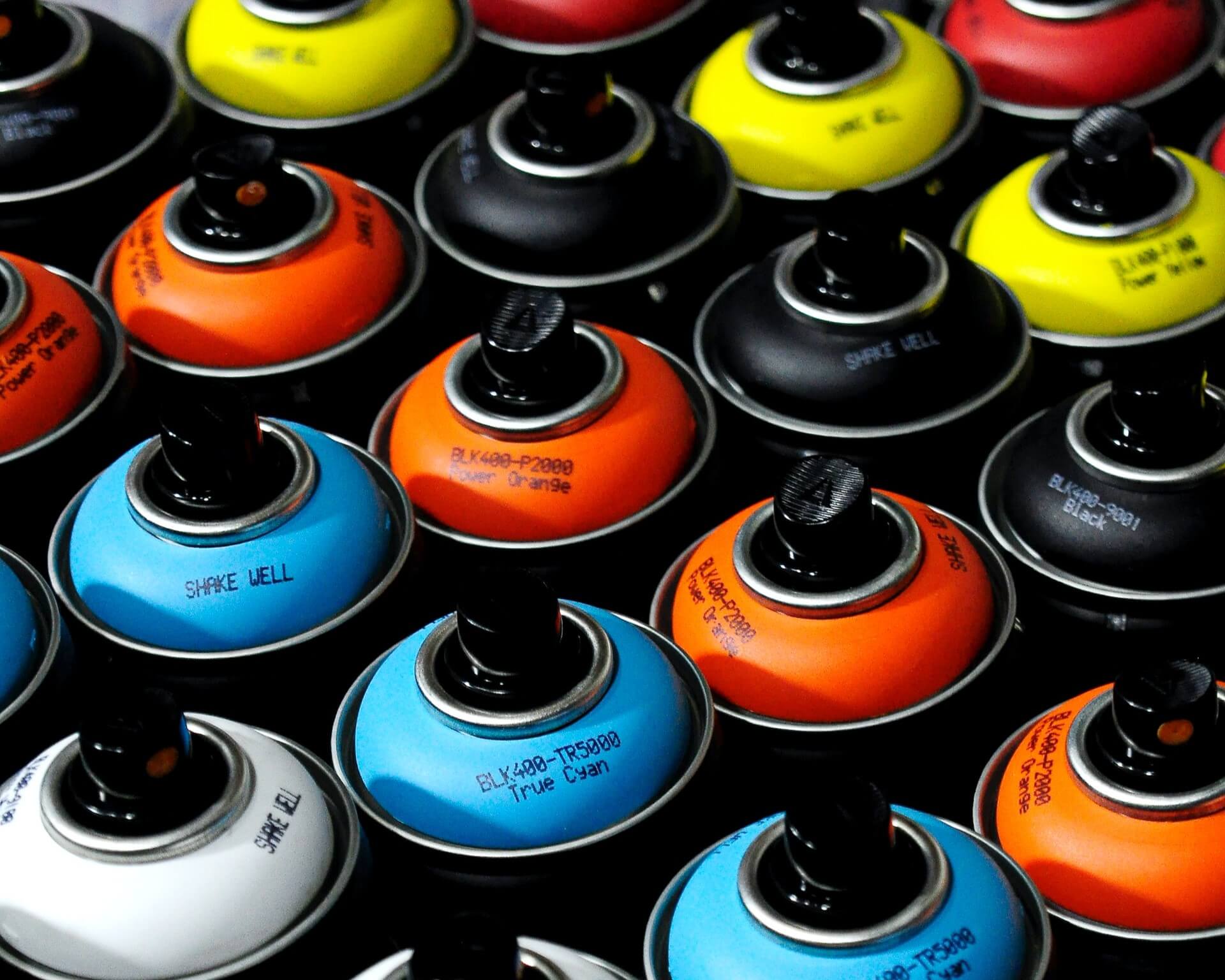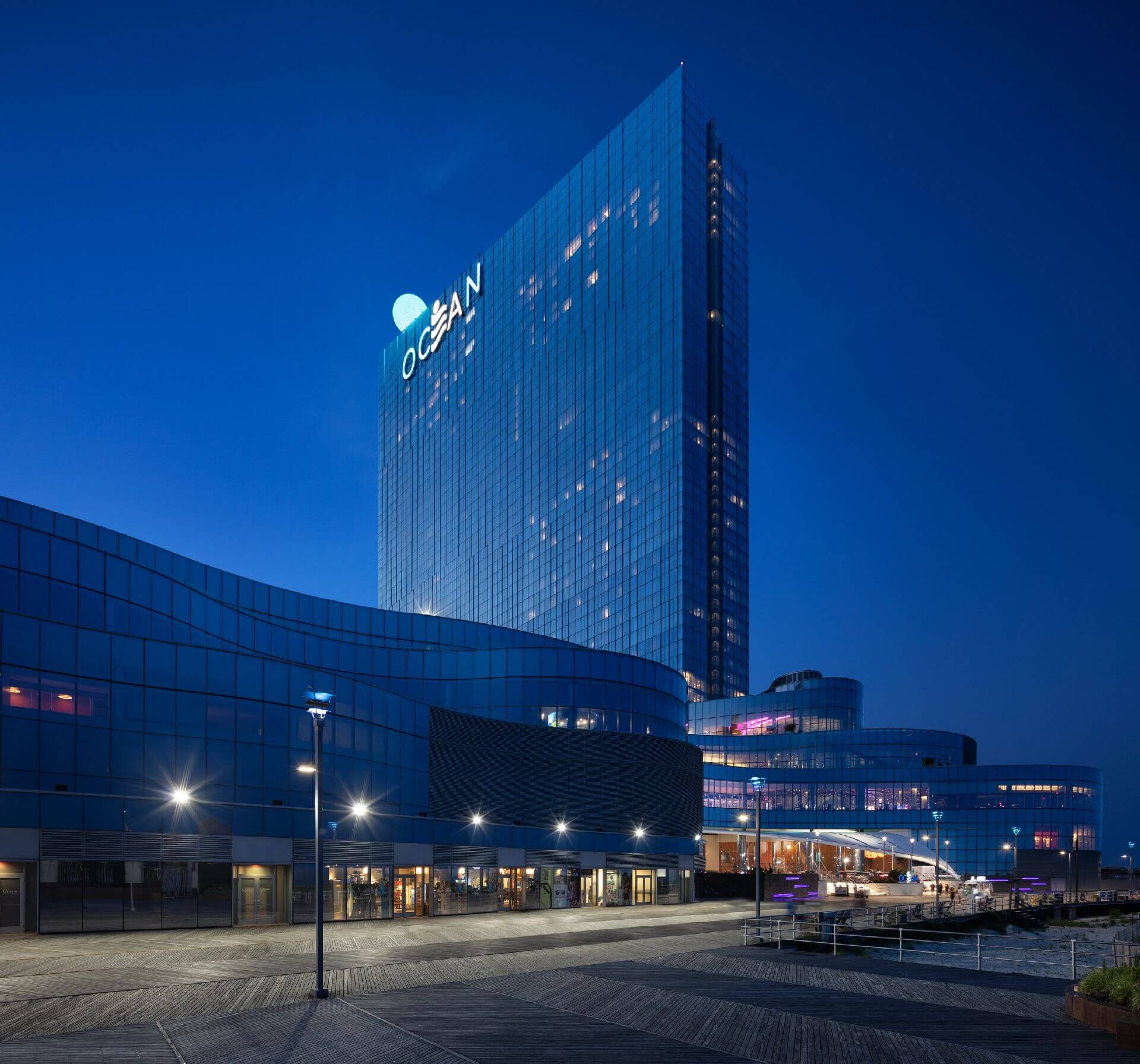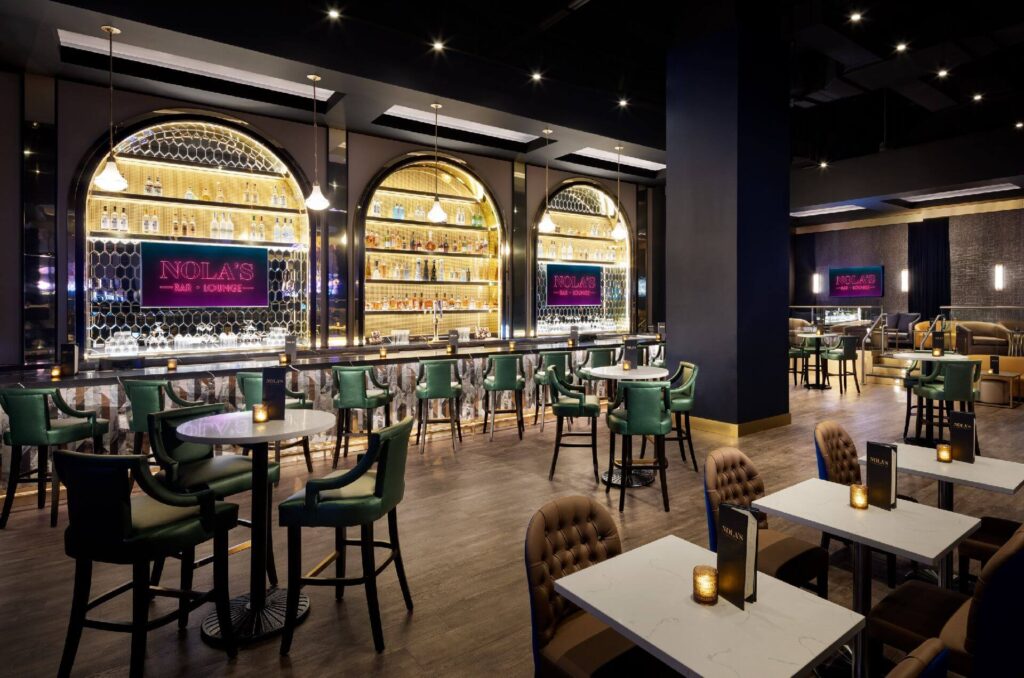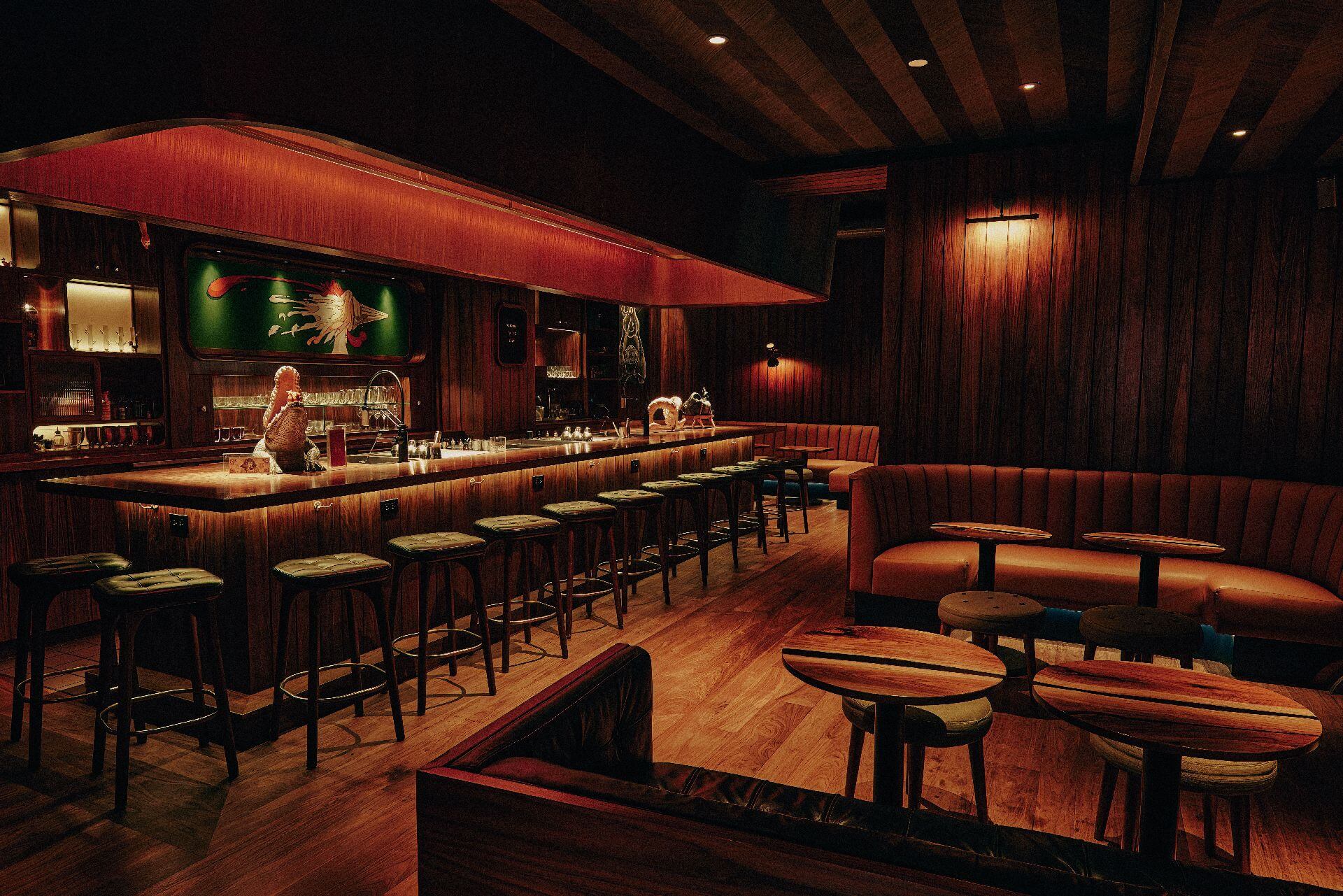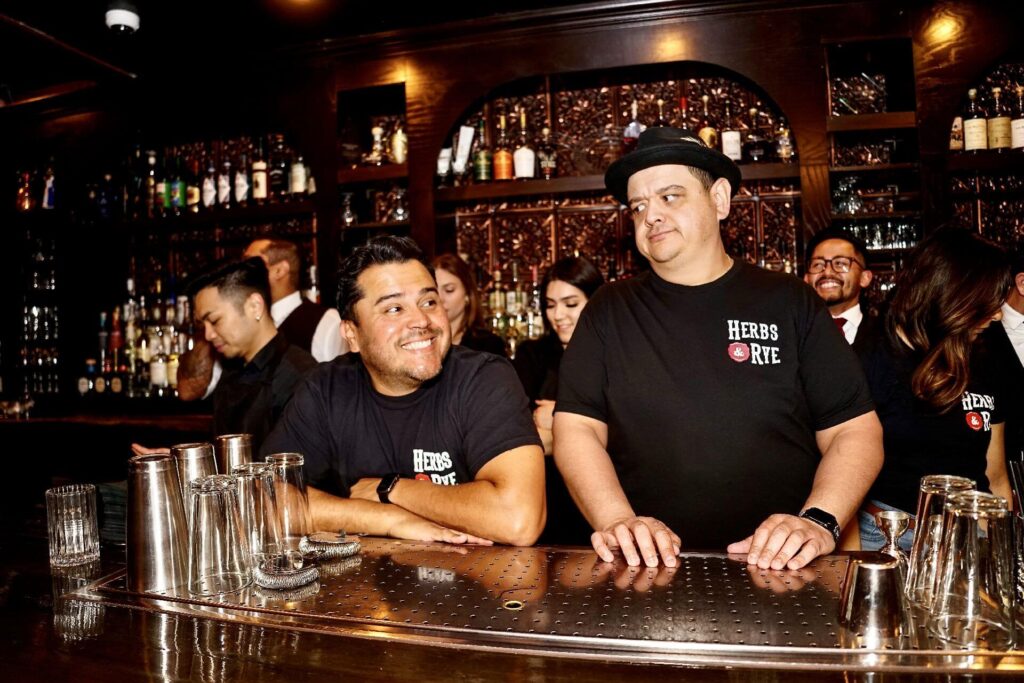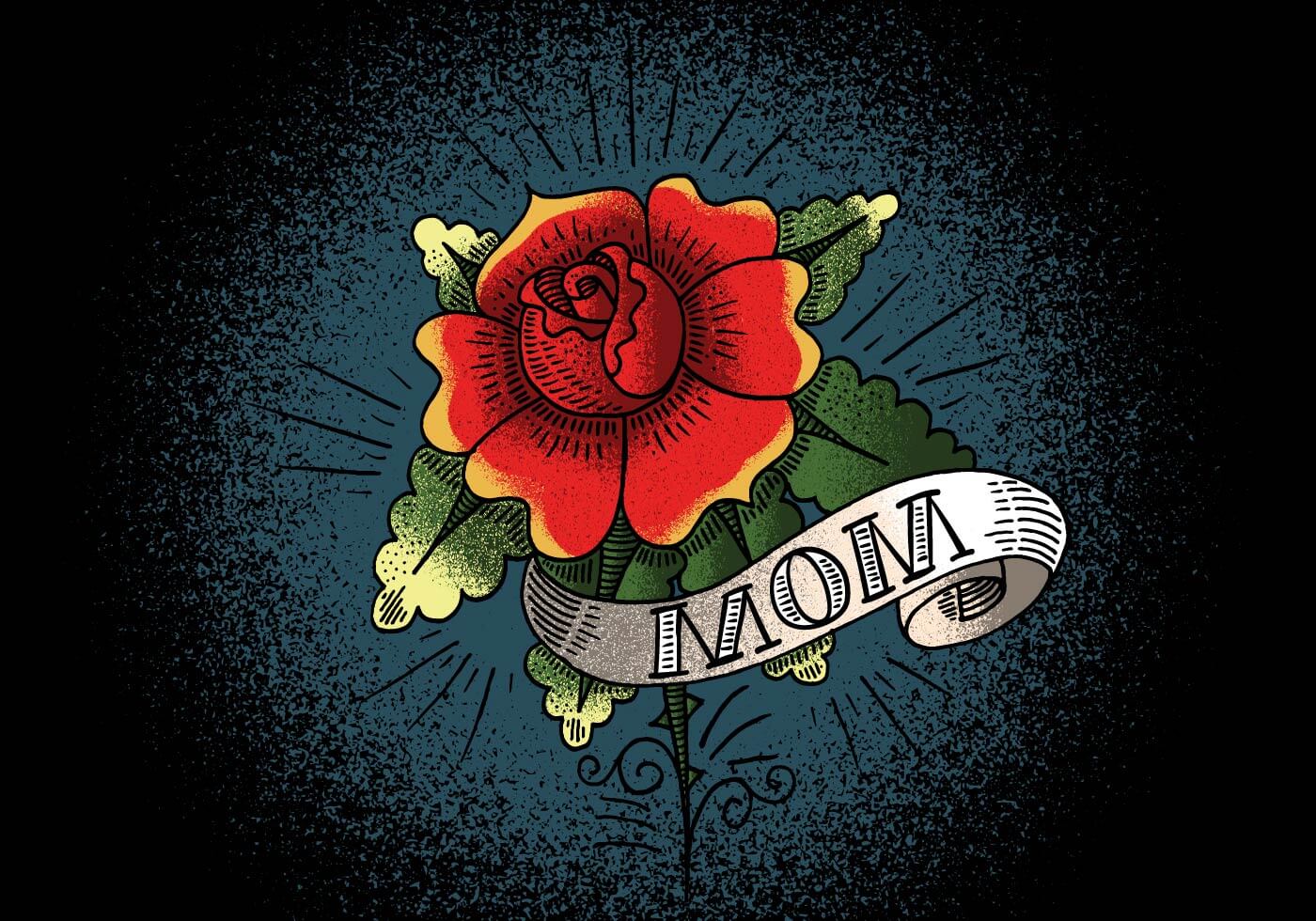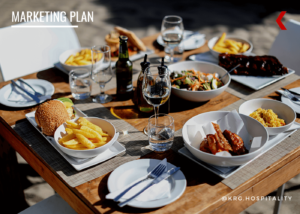Sugar. Water. Whiskey. Mint.
by David Klemt
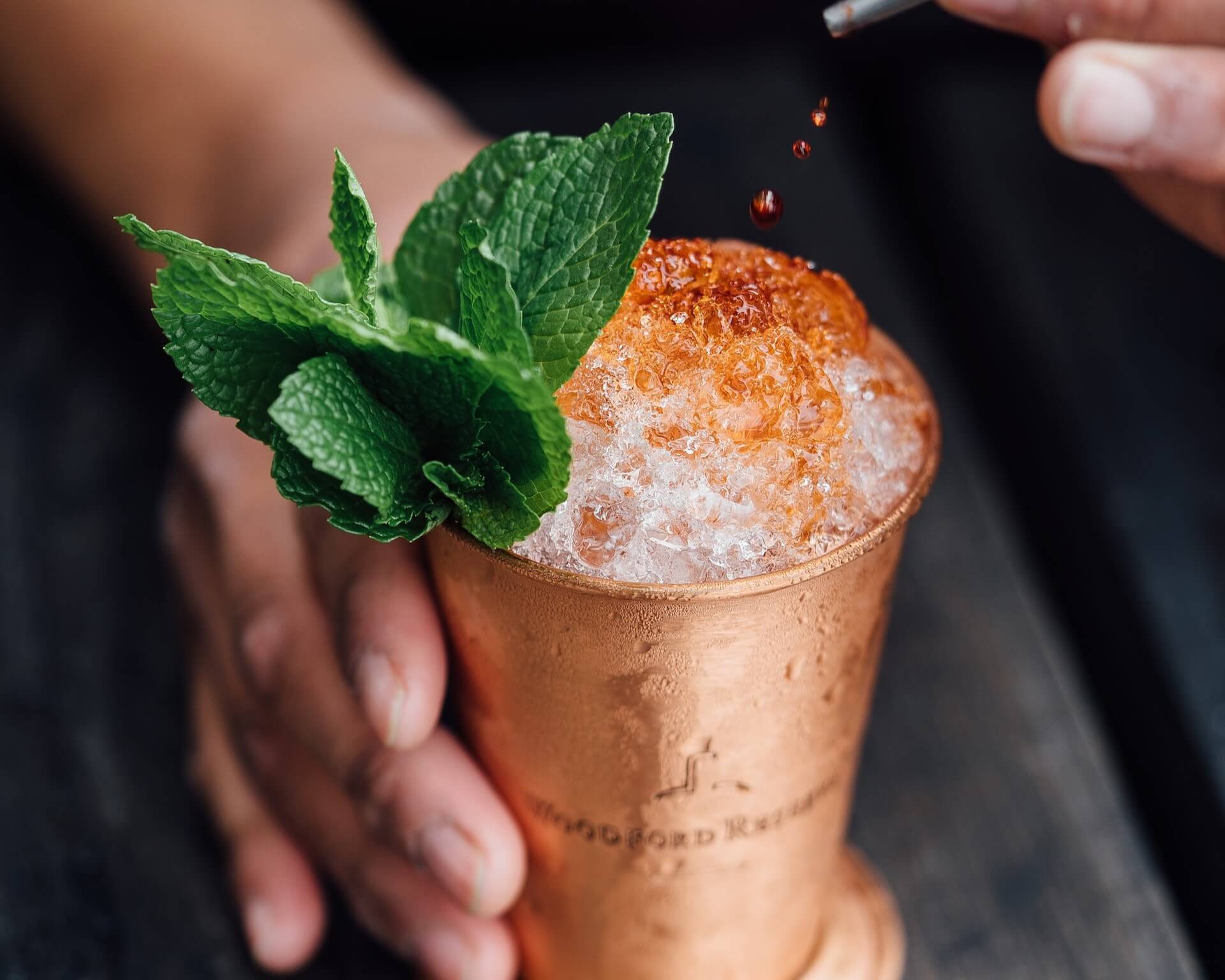
…and sometimes Angostura bitters.
Get ready to break out the stainless steel and copper cups, whiskey, and crushed ice: National Mint Julep Day is right around the corner.
This classic cocktail’s traditional time to shine—Derby Day—has come and gone. However, we celebrate this ice-cold drink on May 30. This year, FYI, this bar and restaurant holiday falls on a Tuesday.
While many people associate the Mint Julep with the Kentucky Derby and the South, the drink traces its origin to Persia. According to some historians—the fun experts who love researching culinary and drinking history—”julep” is a derivation of “julepe,” which derives from “golâb.” “Julepe” is a Spanish Arabic word that comes from “golâb,” a Persian word that translates to “rosewater.” As one might expect from the translation, golâb was a drink made by combining water with rose petals.
Over time, it’s believed, the rose petals were replaced by people making Juleps in the Mediterranean. The replacement? Mint leaves native to the area.
Eventually, like so many centuries-old drinks, medicinal elements were introduced. The English Julep, for example, added alcohol and camphor. To think, there are decades of human history where doctors prescribed cocktails to patients.
The Kentucky Connection
Of course, like so many centuries-old drinks, it’s difficult to separate the fictitious from the factual. Some say mentions of the Mint Julep can be traced to 1770s, others say the early 1800s.
As far as the Kentucky connection, there are historians that say Henry Clay, who served as a Kentucky senator and congressman, brought the Mint Julep to Washington, DC in 1850. Clay is said to have shared the recipe with the Round Robin Bar at the Willard’s Hotel (now the Willard InterContinental). The hotel’s website makes reference to this part of the Mint Julep’s history (or legend, as it were).
Chris Morris, Master Distiller for Woodford Reserve for 20 years and now the distillery’s Master Distillery Emeritus, supports the idea, historically, that the Mint Julep was a medicinal cocktail.
“The Mint Julep has a long history, and in the 1800s it was considered a morning drink,” Morris has said. “People working on horse farms or in the horse-racing industry during this time period may wake up with aches and pains.”
It’s safe to say Morris and Woodford know their way around a Mint Julep.
Further, if you dig deep enough, you’ll come across mentions of horse jockeys taking home Julep cups as trophies. Literal trophy cups, if you will.
Consequently, given its ties to horse racing, it makes sense that the Mint Julep would one day become the Kentucky Derby‘s official drink. Of course, as this brief and (hopefully mostly) factual history shows, the Mint Julep undoubtedly had a presence at the famous race long before 1939.
Craft Your Own
Below you’ll find two recipes for your National Mint Julep Day LTO menu. However, this is one classic that people don’t seem to gatekeep much.
In fact, industry experts like Chris Morris encourage experimentation and creation of signature Mint Juleps. So, engage your bar and culinary teams, highlight flavors authentic to your menu and brand, and come up with your own variation.
To help you get started, bear in mind that while spearmint is a common ingredient, there are other species of mint available. The base spirit can also be substituted. Per some cocktail historians, genever-powered Mint Juleps were a common variation in the 1800s.
There’s nothing wrong with sticking to tradition. However, the Mint Julep practically begs for experimentation. Flavored syrups, all manner of spirits and liqueurs, garnishes… National Mint Julep Day is perfect for the LTO treatment.
Cheers!
Mint Julep
- 2 oz. Bourbon
- 0.25 oz. Simple syrup
- 6 to 8 Mint leaves
- Mint sprig to garnish
- Angostura bitters to garnish (optional)
- Crushed or shaved ice
Add simple syrup and mint leaves to Julep cup, and muddle. Next, add bourbon and crushed or shaved ice. Tightly pack ice in cup, then stir until frost builds on exterior of Julep cup. Top with more crushed or shaved ice, and form a dome on top of cup. Add mint sprig to garnish. If desired, also garnish with two or three drops of Angostura bitters.
Woodford Reserve Secretariat’s Mint Julep
This recipe is for the special Mint Julep served at this year’s Kentucky Derby.
- 2 oz. Woodford Reserve Kentucky Straight Bourbon Whiskey
- 1 oz. Housemade chestnut liqueur
- 1 sprig of Mint, for garnish
- 1 stalk of Virginia bluebells, for garnish
Pack a Julep cup with crushed ice, making sure to make a dome over the lip of the cup. Add the whiskey and liqueur to a mixing glass and stir. Pour over the prepared cup. Garnish with one sprig of mint and one stalk of Virginia bluebells.
Should you prefer a more traditional build, express the oils of a mint leaf inside the cup. Add the bourbon, chestnut liqueur, and crushed ice. Garnish with more crushed ice, mint, and Virginia bluebells, then serve.
Image: Adam Jaime on Unsplash






